
Fortinet NSE 7 - SD-WAN 7.2
Last Update Nov 30, 2025
Total Questions : 99
We are offering FREE NSE7_SDW-7.2 Fortinet exam questions. All you do is to just go and sign up. Give your details, prepare NSE7_SDW-7.2 free exam questions and then go for complete pool of Fortinet NSE 7 - SD-WAN 7.2 test questions that will help you more.



Which two statements describe how IPsec phase 1 main mode id different from aggressive mode when performing IKE negotiation? (Choose two.)
Refer to the exhibit.
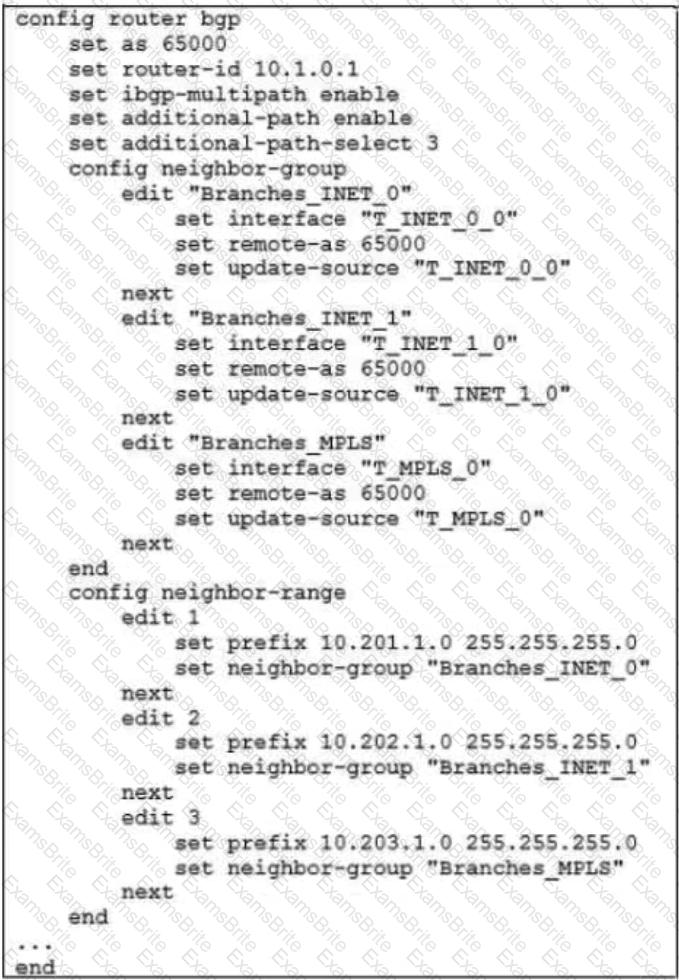
The exhibit shows the BGP configuration on the hub in a hub-and-spoke topology. The administrator wants BGP to advertise prefixes from spokes to other spokes over the IPsec overlays, including additional paths. However, when looking at the spoke routing table, the administrator does not see the prefixes from other spokes and the additional paths.
Based on the exhibit, which three settings must the administrator configure inside each BGP neighbor group so spokes can learn other spokes prefixes and their additional paths? (Choose three.)
What are two benefits of using the Internet service database (ISDB) in an SD-WAN rule? (Choose two.)
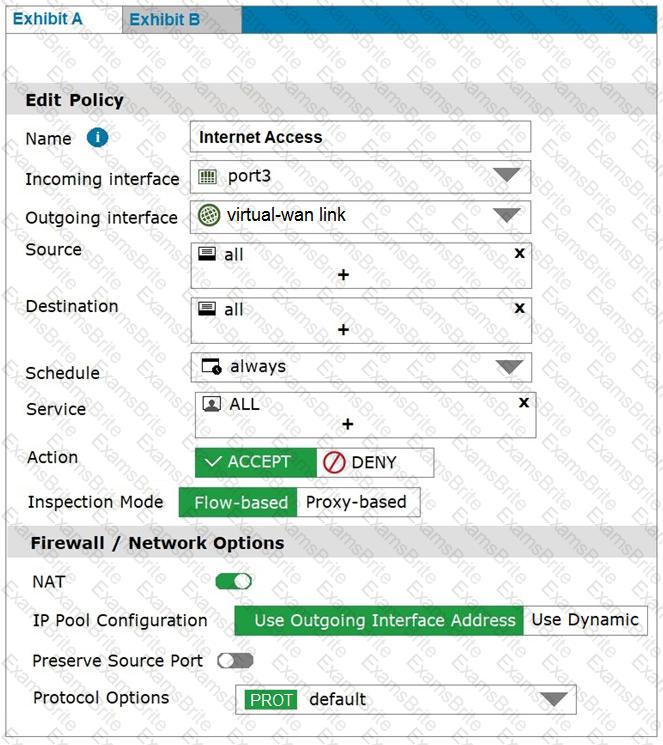
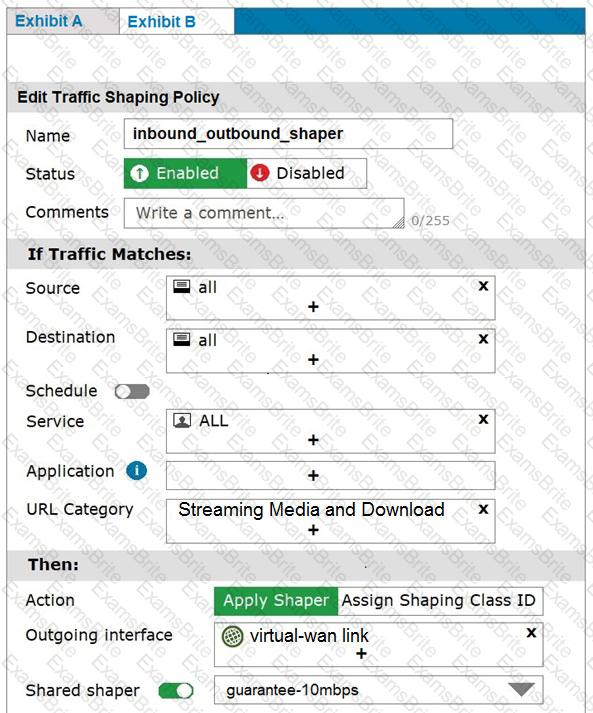
Exhibit A shows the firewall policy and exhibit B shows the traffic shaping policy.
The traffic shaping policy is being applied to all outbound traffic; however, inbound traffic is not being evaluated by the shaping policy.
Based on the exhibits, what configuration change must be made in which policy so that traffic shaping can be applied to inbound traffic?

Which two conclusions for traffic that matches the traffic shaper are true? (Choose two.)
What are two benefits of using forward error correction (FEC) in IPsec VPNs? (Choose two.)
Refer to the exhibits.
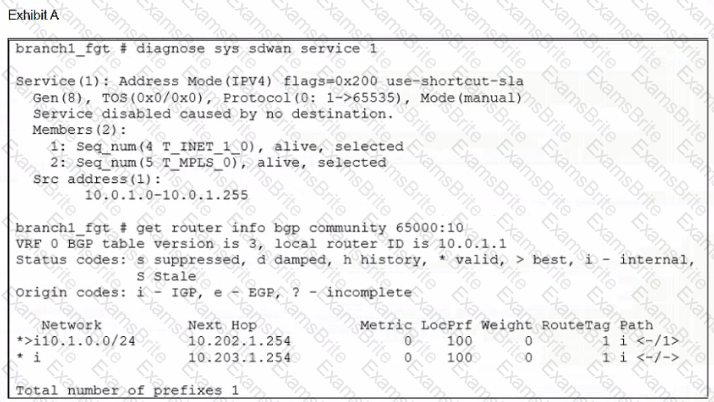
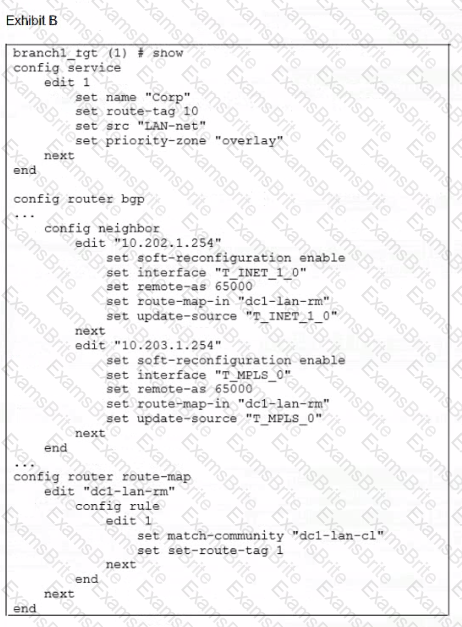
Exhibit A shows the SD-WAN rule status and the learned BGP routes with community 65000:10.
Exhibit B shows the SD-WAN rule configuration, the BGP neighbor configuration, and the route map configuration.
The administrator wants to steer corporate traffic using routes tags in the SD-WAN rule ID 1.
However, the administrator observes that the corporate traffic does not match the SD-WAN rule ID 1.
Based on the exhibits, which configuration change is required to fix issue?
Refer to the exhibit, which shows an SD-WAN zone configuration on the FortiGate GUI.
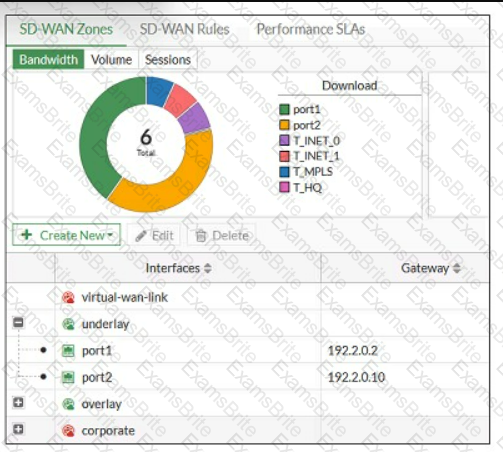
Based on the exhibit, which statement is true?
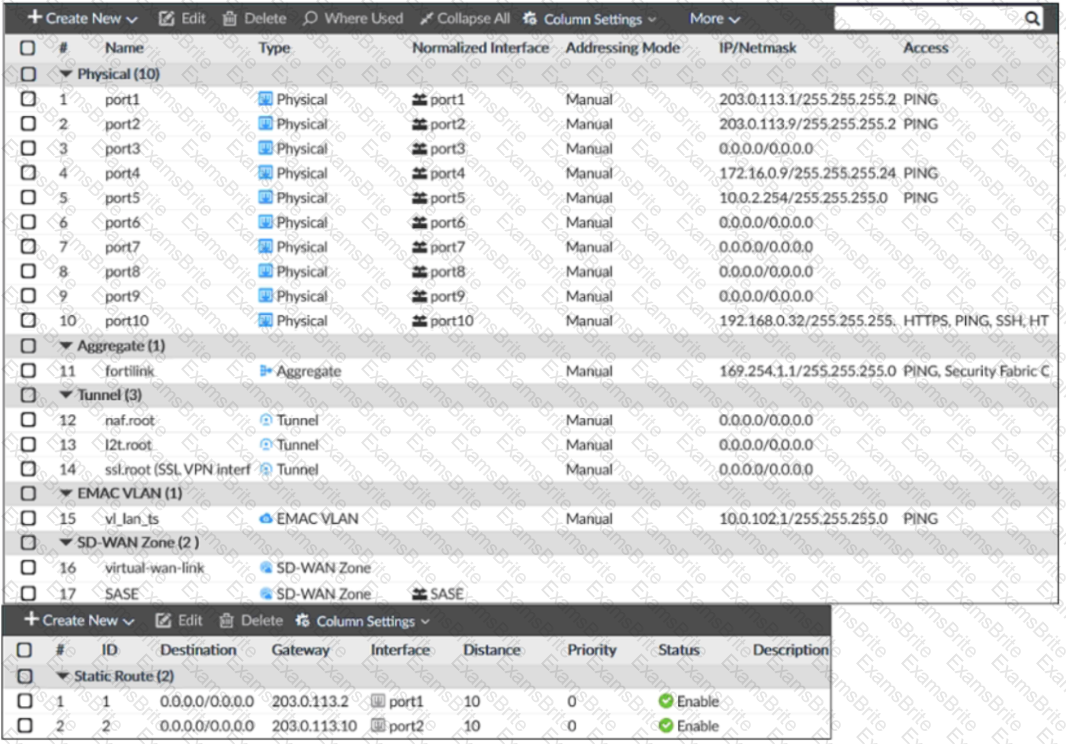
Exhibit B –

Exhibit A shows the system interface with the static routes and exhibit B shows the firewall policies on the managed FortiGate.
Based on the FortiGate configuration shown in the exhibits, what issue might you encounter when creating an SD-WAN zone for port1 and port2?
Refer to the exhibit.

Based on the exhibit, which two actions does FortiGate perform on sessions after a firewall policy change? (Choose two.)
Which best describes the SD-WAN traffic shaping mode that bases itself on a percentage of available bandwidth?
Refer to the exhibit.
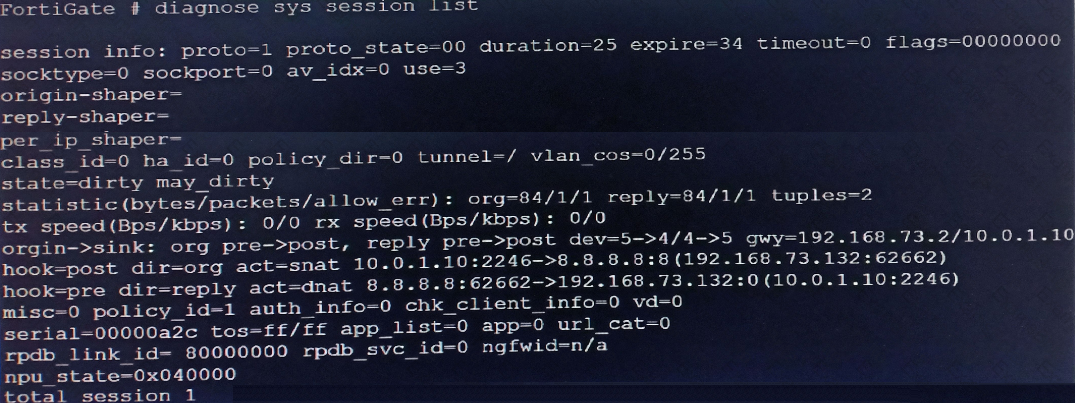
Based on the exhibit, which statement about FortiGate re-evaluating traffic is true?
Which SD-WAN setting enables FortiGate to delay the recovery of ADVPN shortcuts?
Refer to the exhibit.
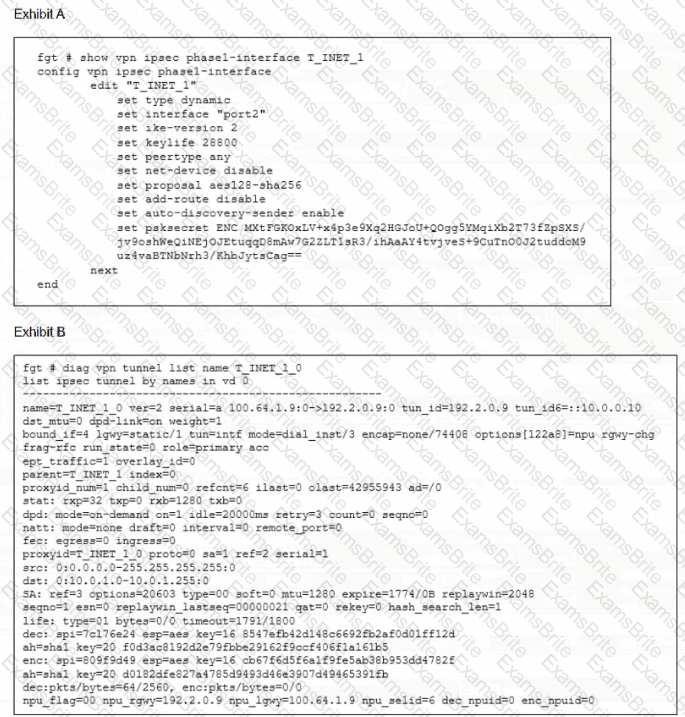
Which two statements about the IPsec VPN configuration and the status of the IPsec VPN tunnel are true? (Choose two.)
Refer to the exhibits.
Exhibit A -
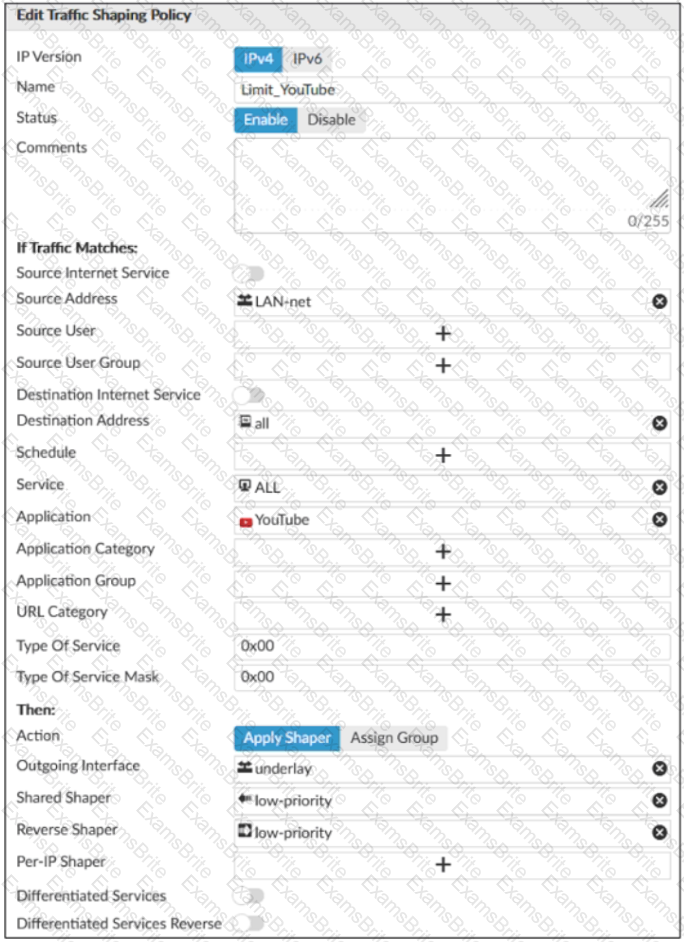
Exhibit B -
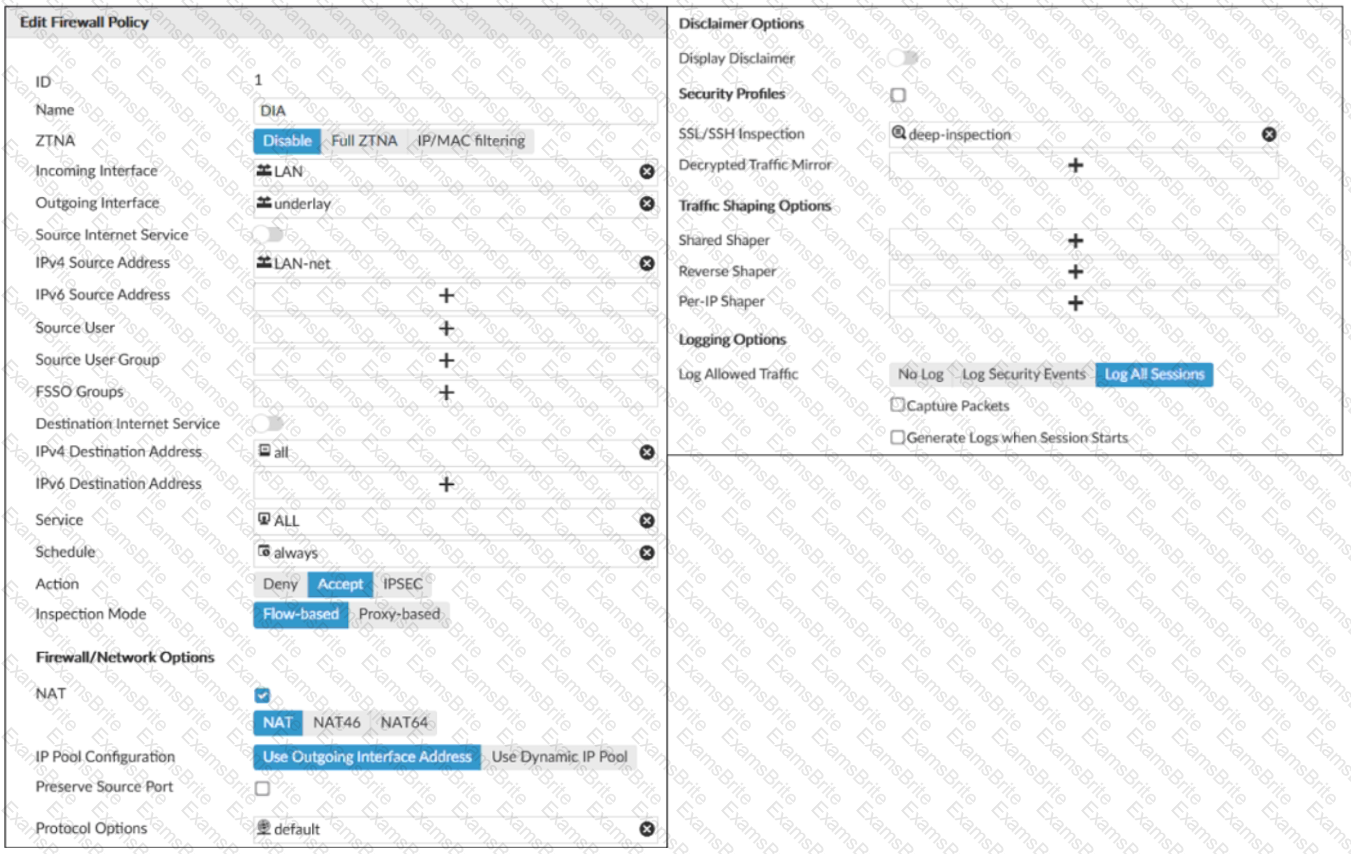
Exhibit A shows the traffic shaping policy and exhibit B shows the firewall policy.
The administrator wants FortiGate to limit the bandwidth used by YouTube. When testing, the administrator determines that FortiGate does not apply traffic shaping on YouTube traffic.
Based on the policies shown in the exhibits, what configuration change must be made so FortiGate performs traffic shaping on YouTube traffic?
What does enabling theexchange-interface-ipsetting enable FortiGate devices to exchange?
Refer to the Exhibits:
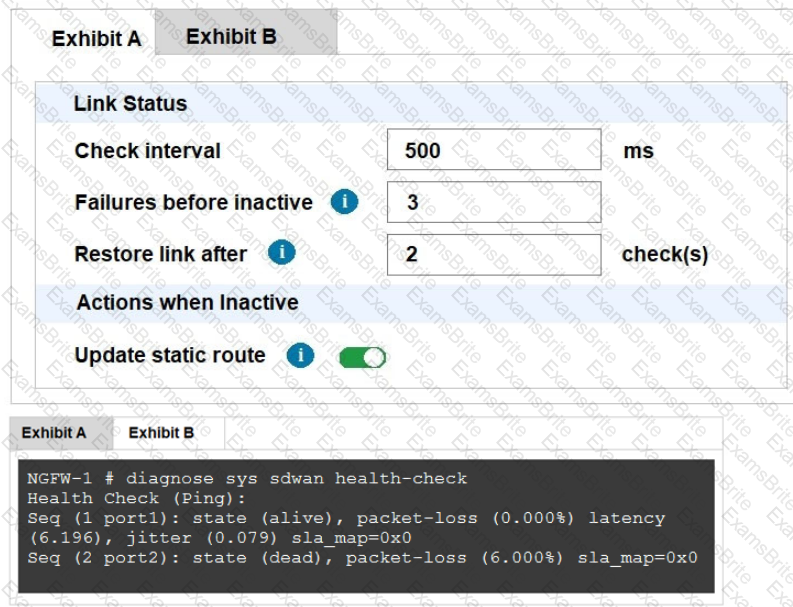
Exhibit A, which shows the SD-WAN performance SLA and exhibit B shows the health of the participating SD-WAN members.
Based on the exhibits, which statement is correct?
Refer to the exhibit.
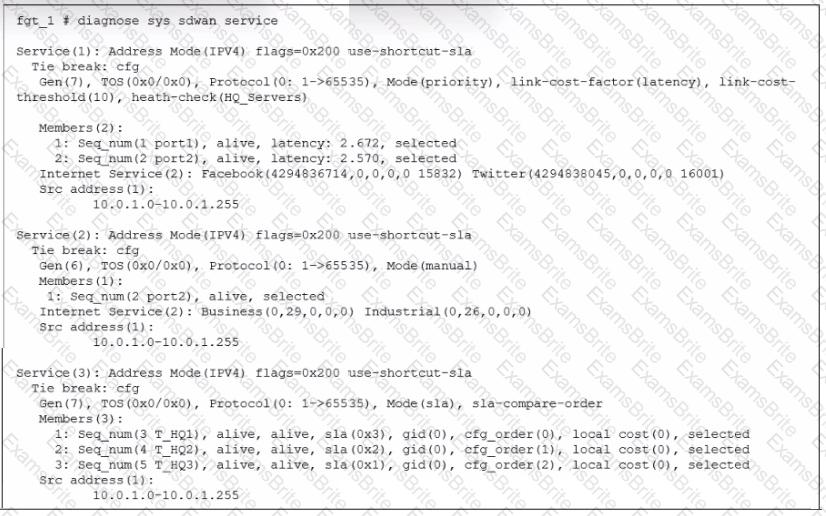
The exhibit shows output of the command diagnose 3vg sdwan service collected on a FortiGate device.
The administrator wants to know through which interface FortiGate will steer the traffic from local users on subnet 10.0.1.0/255.255.255.192 and with a destination of the business application Salesforce located on HO servers 10.0.0.1.
Based on the exhibits, which two statements are correct? (Choose two.)
The administrator uses the FortiManager SD-WAN overlay template to prepare an SD-WAN deployment. With information provided through the SD-WAN overlay template wizard, FortiManager creates templates ready to install on spoke and hub devices.
Select three templates created by the SD-WAN overlay template for a spoke device. (Choose three.)
Refer to the exhibit.
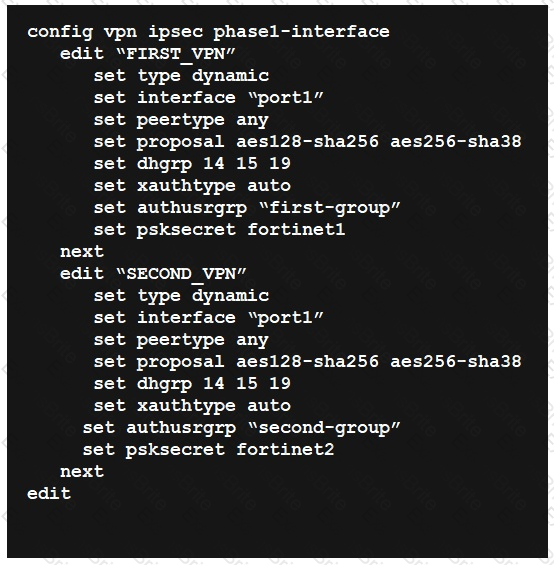
FortiGate has multiple dial-up VPN interfaces incoming on port1 that match only FIRST_VPN.
Which two configuration changes must be made to both IPsec VPN interfaces to allow incoming connections to match all possible IPsec dial-up interfaces? (Choose two.)
Refer to the exhibit.
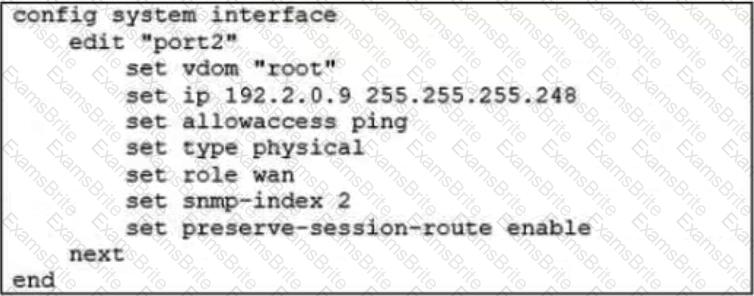
Based on the exhibit, which two actions does FortiGate perform on traffic passing through port2? (Choose two.)
Refer to the exhibit.
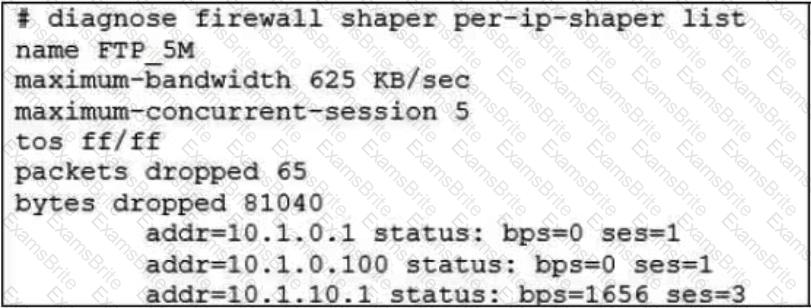
Which are two expected behaviors of the traffic that matches the traffic shaper? (Choose two.)
Refer to the exhibits.
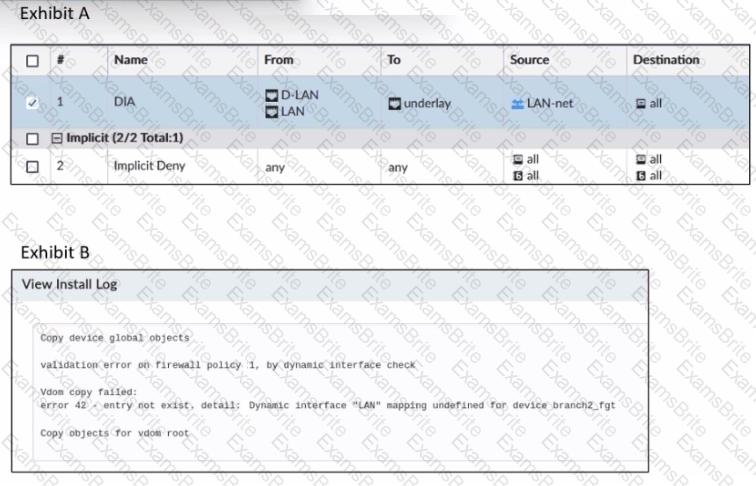
Exhibit A shows a policy package definition Exhibit B shows the install log that the administrator received when he tried to install the policy package on FortiGate devices.
Based on the output shown in the exhibits, what can the administrator do to solve the Issue?
Which diagnostic command can you use to show the configured SD-WAN zones and their assigned members?
Refer to the exhibits.
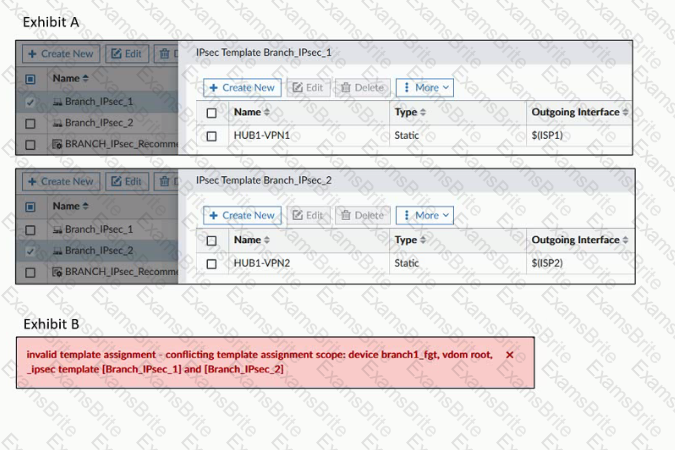
Exhibit A shows two IPsec templates to define Branch_IPsec_1 and Branch_IPsec_2. Each template defines a VPN tunnel.
Exhibit B shows the error message that FortiManager displayed when the administrator tried to assign the second template to the FortiGate device.
Which statement best explain the cause for this issue?
Refer to the exhibits.
Exhibit A
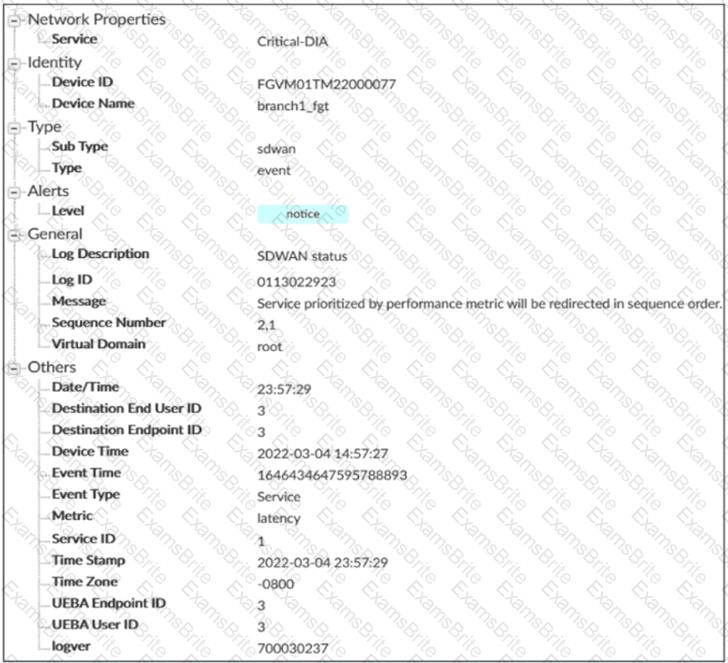
Exhibit B
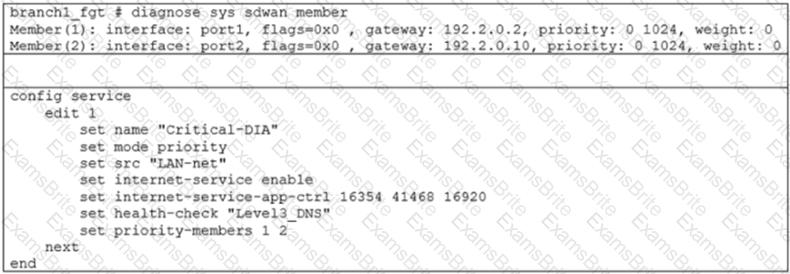
Exhibit A shows an SD-WAN event log and exhibit B shows the member status and the SD-WAN rule configuration.
Based on the exhibits, which two statements are correct? (Choose two.)
Refer to the exhibits.
Exhibit A -
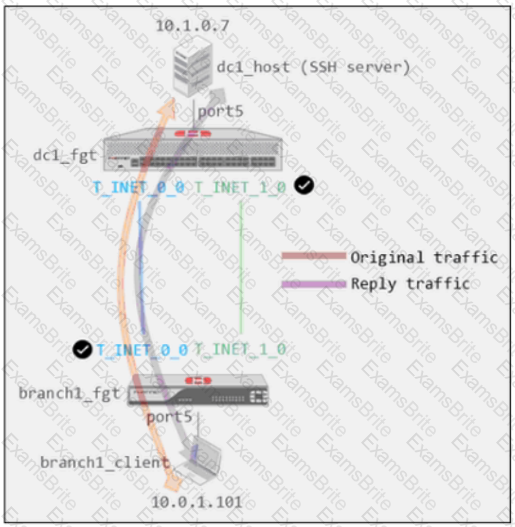
Exhibit B -
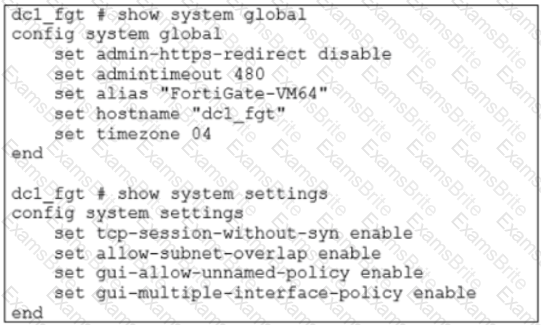
Exhibit A shows a site-to-site topology between two FortiGate devices: branch1_fgt and dc1_fgt. Exhibit B shows the system global and system settings configuration on dc1_fgt.
When branch1_client establishes a connection to dc1_host, the administrator observes that, on dc1_fgt, the reply traffic is routed over T_INET_0_0, even though T_INET_1_0 is the preferred member in the matching SD-WAN rule.
Based on the information shown in the exhibits, what configuration change must be made on dc1_fgt so dc1_fgt routes the reply traffic over T_INET_1_0?
Refer to the exhibit.

Which configuration change is required if the responder FortiGate uses a dynamic routing protocol to exchange routes over IPsec?